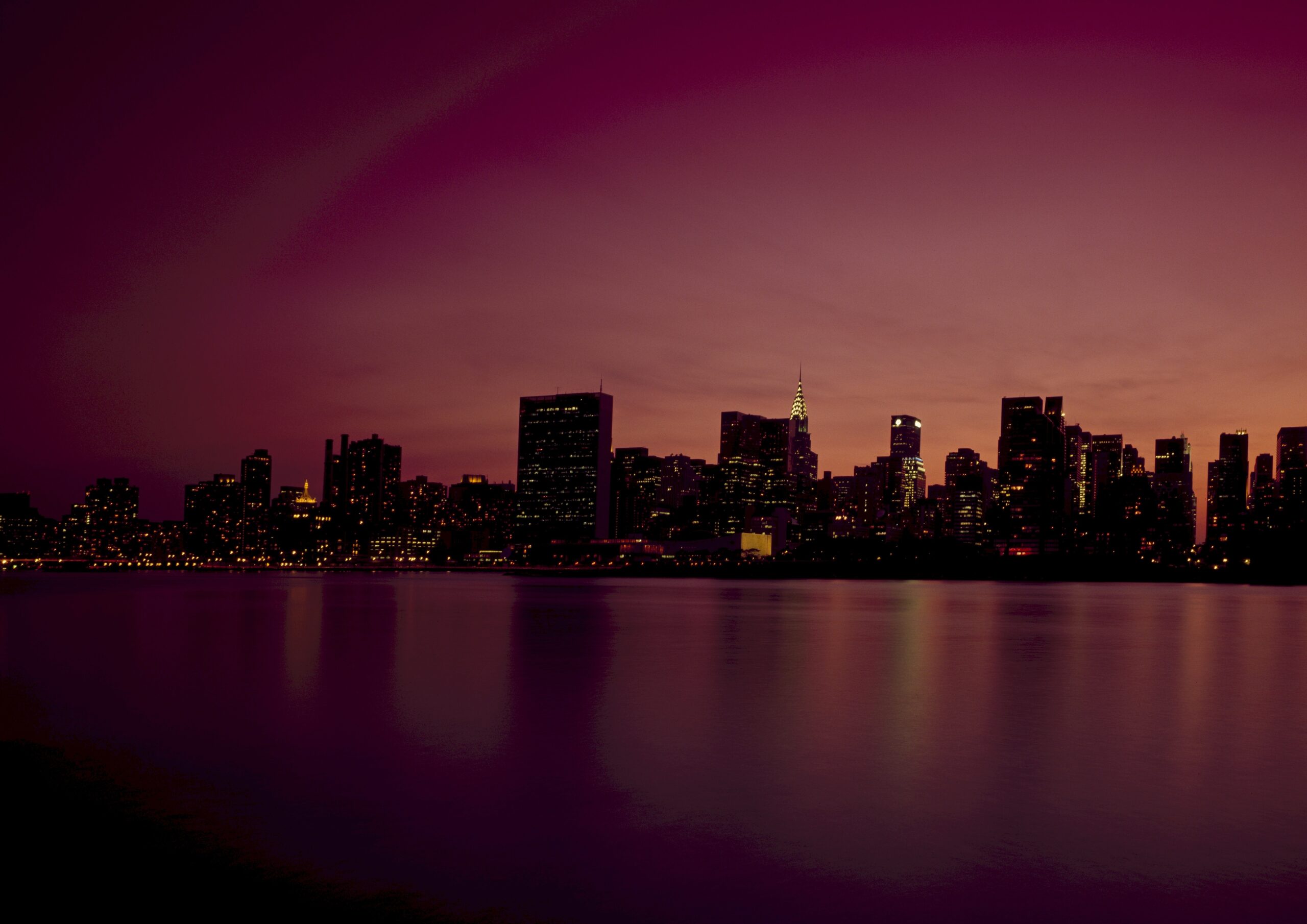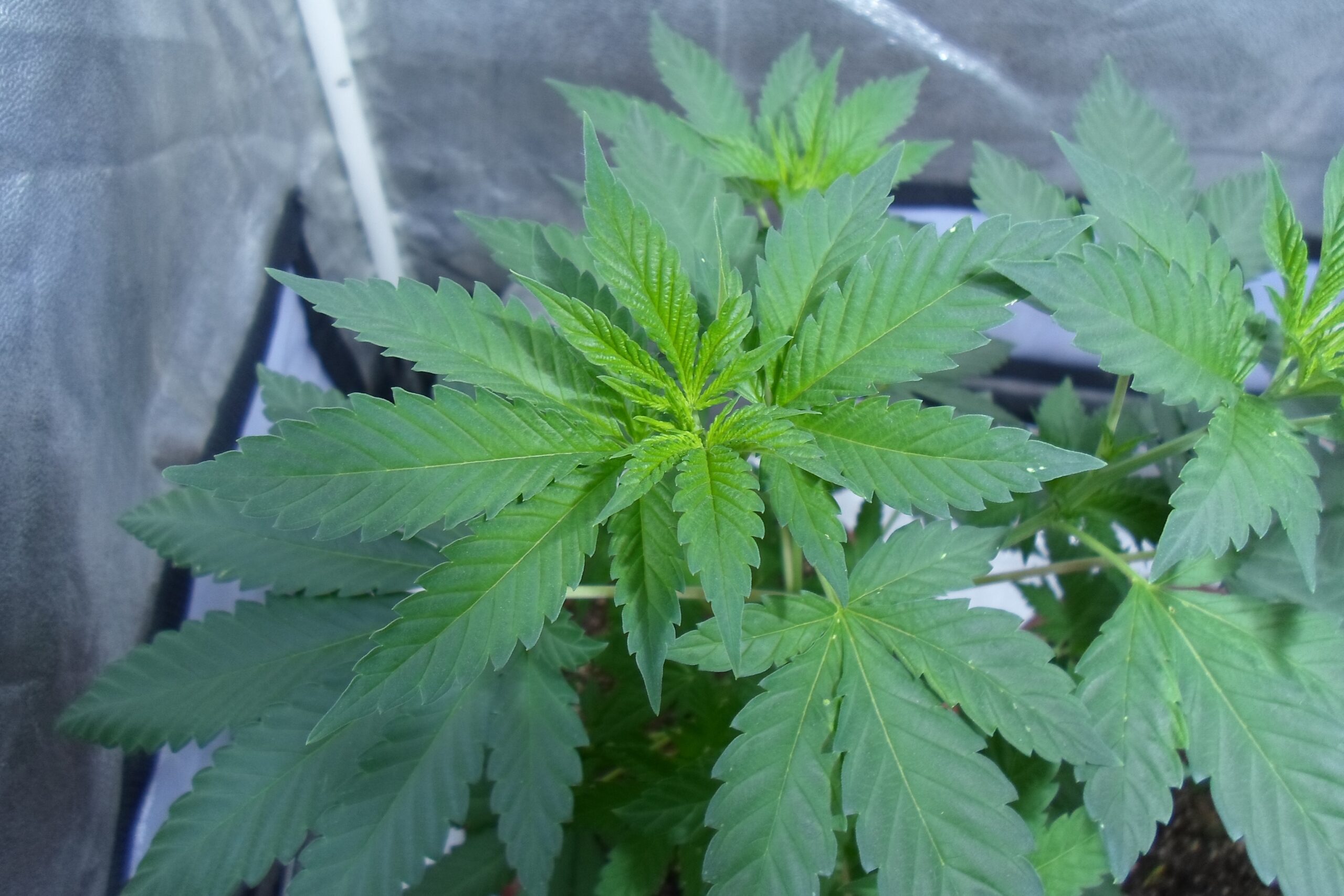New York State’s new medical marijuana program, which came into effect on the 6th January 2017, has been criticized by a lot of people for being one of the most restrictive, limited, and non-user-friendly medical cannabis programs in the entire country. And these criticisms are certainly not unfounded. The New York medical marijuana card program is extremely limited in its current form.
There is an abundance of very strict and highly limiting rules and regulations wrapped tightly around the New York medical card program, and as a result of this, many physicians, providers, and patients feel severely hamstrung and unable to get optimal value from the program.
Currently only a limited list (much more limited than in other parts of the country) of ailments and conditions qualify a person to be treated with medical marijuana. Initially, only cancer, multiple sclerosis, spinal cord injury with spasticity, epilepsy Huntington’s disease, HIV/AIDS, Parkinson’s disease, amyotrophic lateral sclerosis, inflammatory bowel disease, and neuropathy qualified a person to be prescribed MMJ. More recently, on 22nd March 2017, chronic pain was added to the list. It was hoped that rheumatoid arthritis, Alzheimer’s, muscular dystrophy, and dystonia would qualify a person, but the Department of Health has refused at this time to designate these conditions a suitable to qualify a person for a New York medical cannabis card.
The laws are currently very strict regarding dispensaries. There are very few dispensaries in the state in which to use a New York marijuana card. The new program only allows 20 dispensaries in total to operate in the entire state. This situation makes life quite difficult for many MMJ patients.
The only dispensary on Manhattan, located near the 3rd Avenue subway station, is far from the welcoming, educational mecca to medical marijuana that many of the dispensaries in other, more MMJ-friendly states are. It is a tightly controlled building with unmanned security gates (almost prison-like) that patients get buzzed through. It is clean and efficient but it has no interesting edibles or innovative new strains of smokable herb to explore – a Willy Wonka’s Chocolate Factory of delightful medical cannabis treats it most certainly is NOT! There is zero edible or smokable MMJ for sale. Only tinctures and oils that can be taken from an inhaler or vaporizer are allowed in New York State, and the prices are higher than in most other states in the country. Insurance companies in the state do not cover a patient for medical marijuana use.
The certificate provided to a patient by a doctor recommending MMJ use must have stated upon it the type of MMJ they should use, the method of administration and the amount – this prevents a patient from experimenting with different types of medical cannabis and different methods of ingestion, which is very limiting.
Home cultivation is still strictly prohibited by the New York State program.
So for these reasons the medical marijuana program in New York State is currently very tight and restrictive. But there is a glimmer of light at the end of the tunnel. There seems to be a very slow but gradual creep towards opening up taking place. A more relaxed and inclusive regime may not be too far away.
One gets the impression that, even though change and movement is slow, the vast majority of changes that occur over the coming years will result in more relaxed laws.
Despite the fact that the list of qualifying conditions is currently very restricted, there is a definite cautious open-mindedness detectable from the scientists at the Department of Health that are responsible for investigating what ailments should qualify a patient for MMJ treatment. While they are currently of the opinion that a shorter list of conditions is treatable by MMJ than their compatriots in most other states, they have reassured the public adamantly that they are keeping up-to-date on all new research and are completely willing to change their minds as soon as compelling evidence presents itself. This bodes well for a future relaxation of the laws regarding qualifying medical conditions.
This willingness to change the specifics of the program was demonstrated in March 2017 when ‘chronic pain’ was added to the list of qualifying ailments, opening the door to many new potential patients.
And the progress continues. PTSD looks likely to become a qualifying condition in the near future. A bipartisan bill that will designate PTSD a ‘qualifying condition’ has already passed the Senate Health Committee and is currently awaiting approval by the Senate.
Another ailment that looks like it will imminently be designated a ‘qualifying condition’ is dysmenorrhea (menstrual cramps). Assemblywoman Linda Rosenthal has introduced a bill to allow menstrual cramps to be treated with MMJ. She is confident that the bill will be passed. ‘We’re a progressive state. It did take 20 years to get medical marijuana to be the law, but we’re going to work hard to get it passed.’
It seems like her optimism is justified. The cannabis card New York program is currently tight and restrictive, but as Rosenthal says, New York is a traditionally progressive state, and its MMJ program, although currently restrictive, does seem to be moving towards a more relaxed and open place, slowly but surely.


